Sugar – sweet nothing or something more?
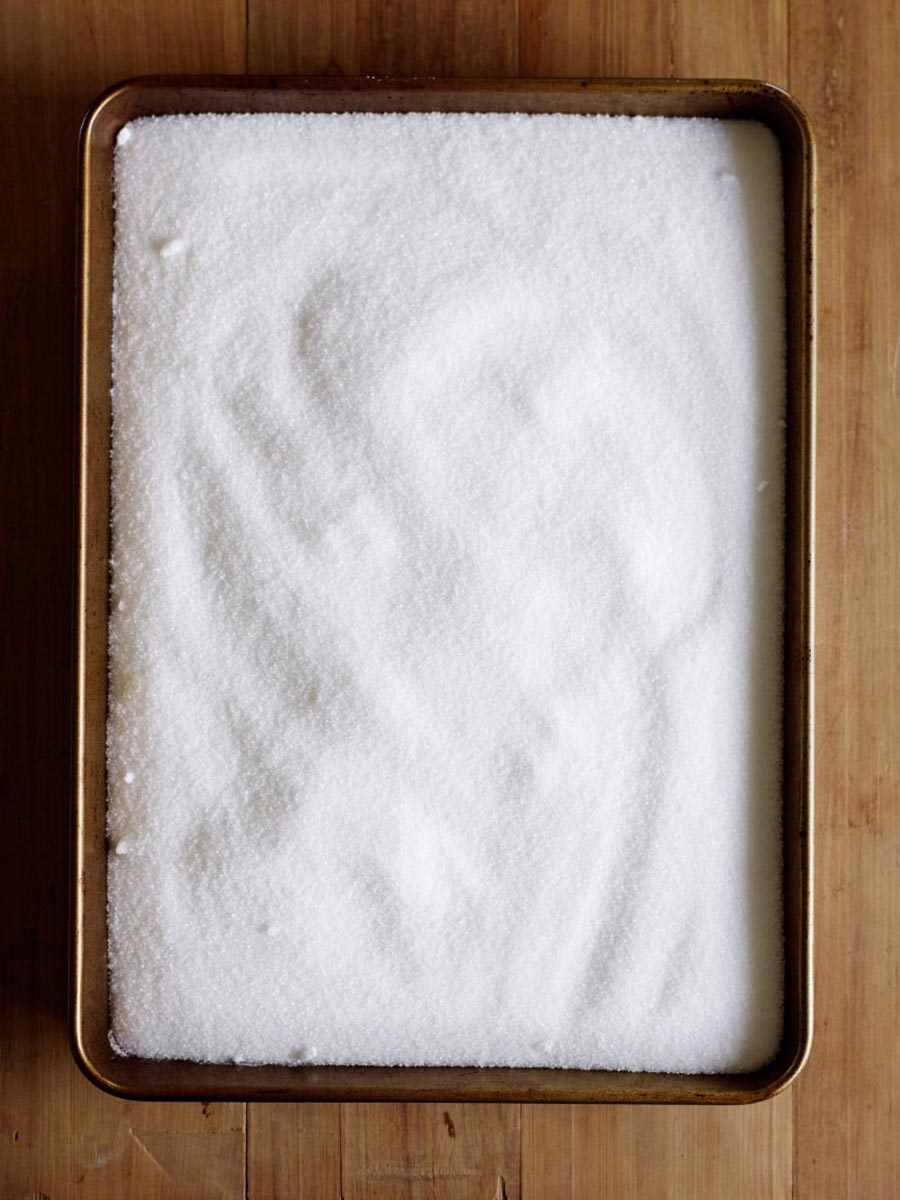
Sweeten it up if you dare!

Sweeten it up if you dare!
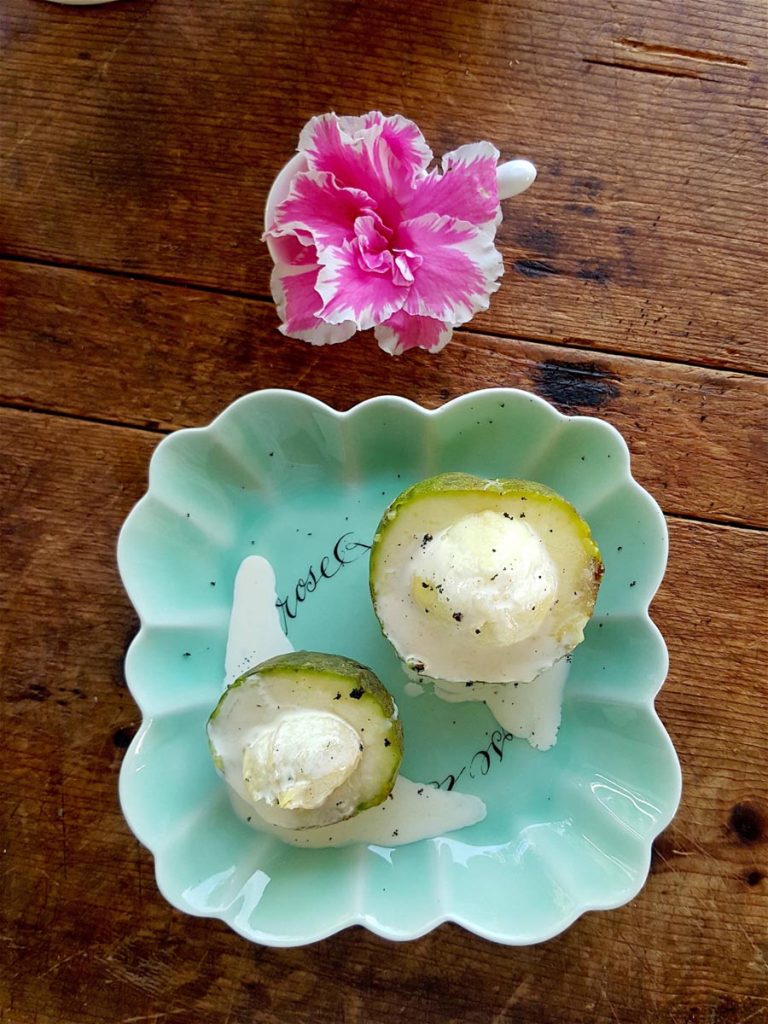
Custard and cream. Oh yeah, who doesn’t love that!
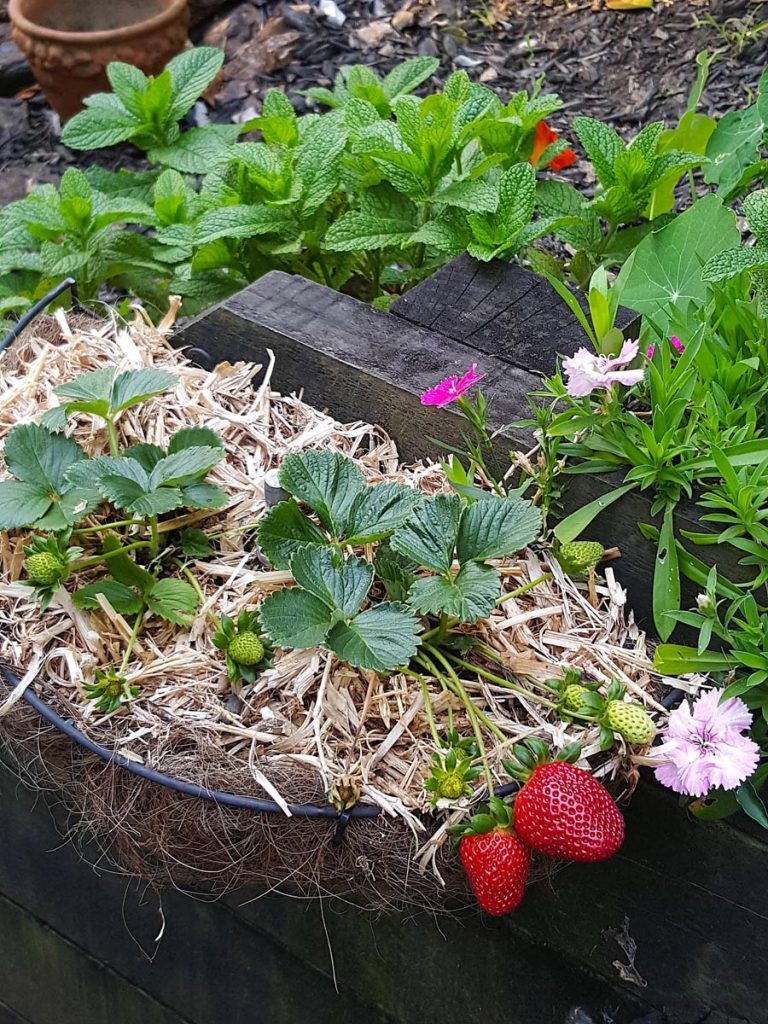
Strawberries are seductive little things …
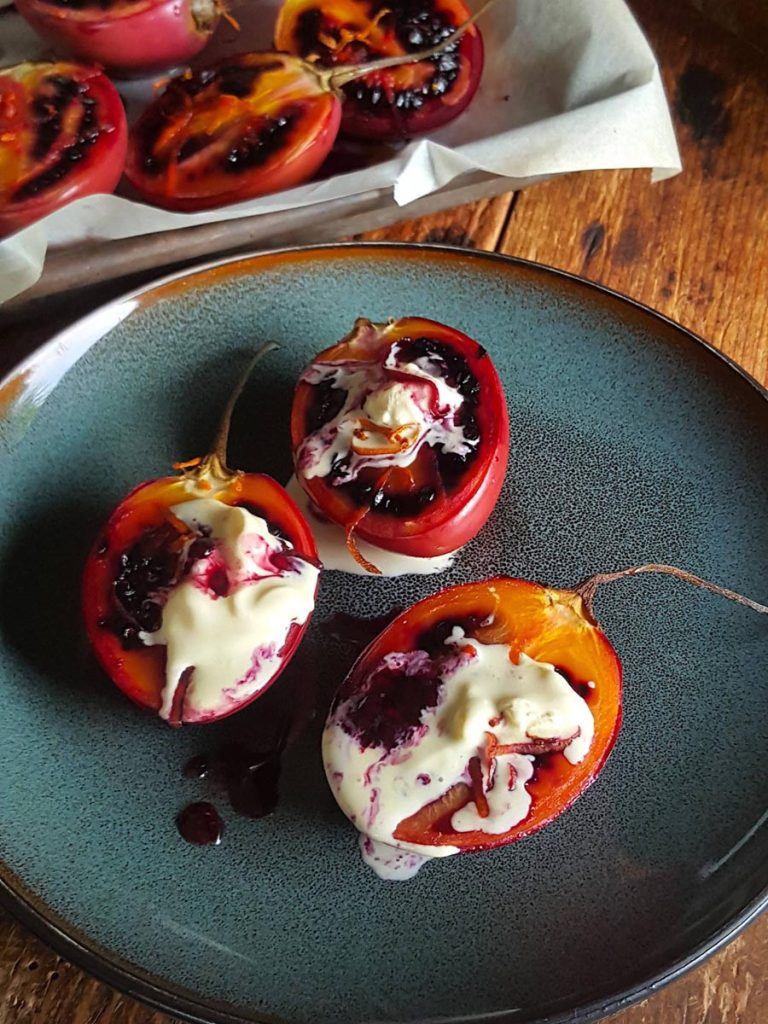
When I grew up these little beauties were called tree tomatoes. Where does the name tamarillo come from?
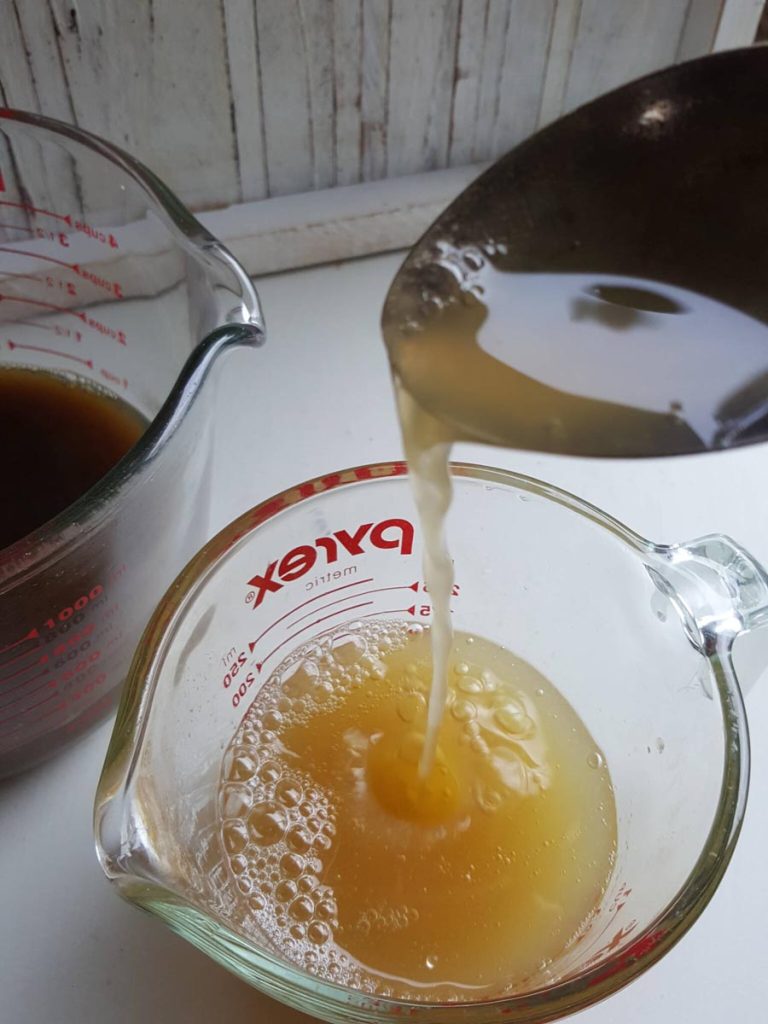
You better believe this …
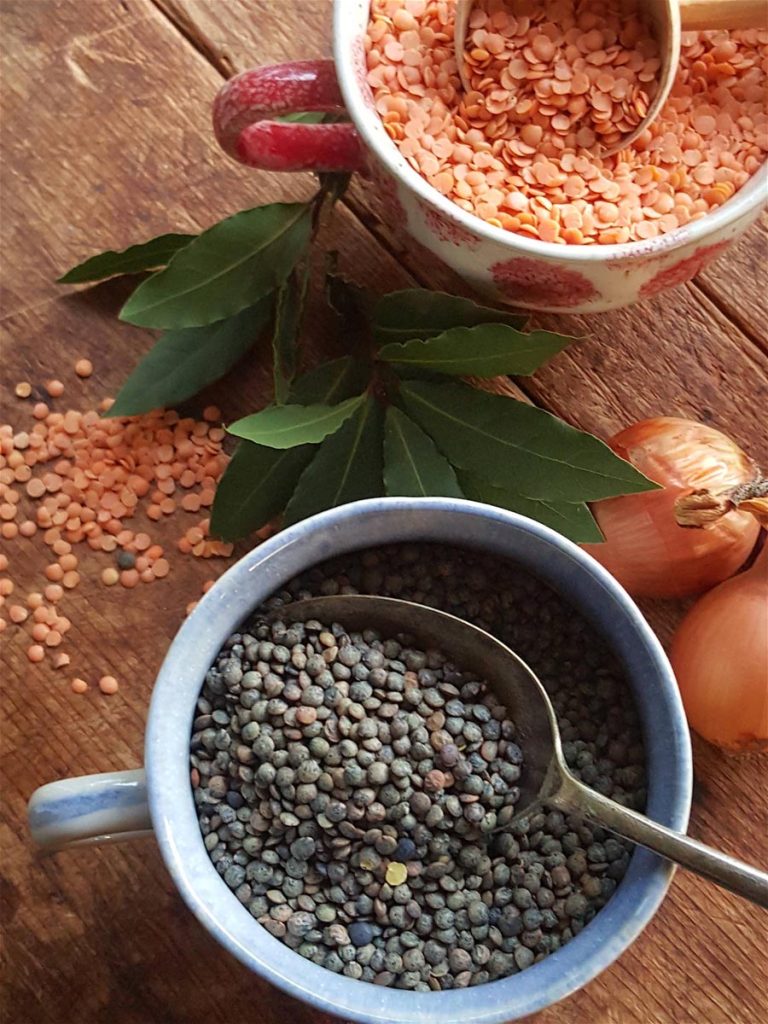
Use seasonal vegetables to help the budget.
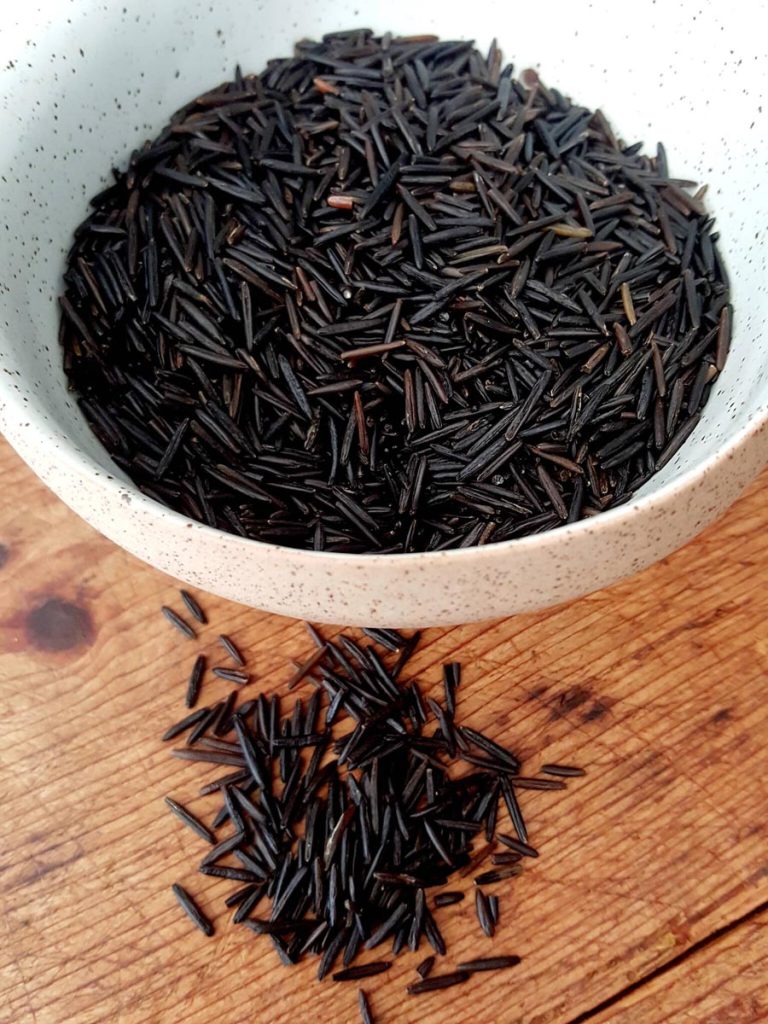
Is wild rice actually rice? Is it better for you than white rice?
No products in the basket.
Welcome to the new Shared Kitchen experience! If you encounter any issues, please let us know. Dismiss